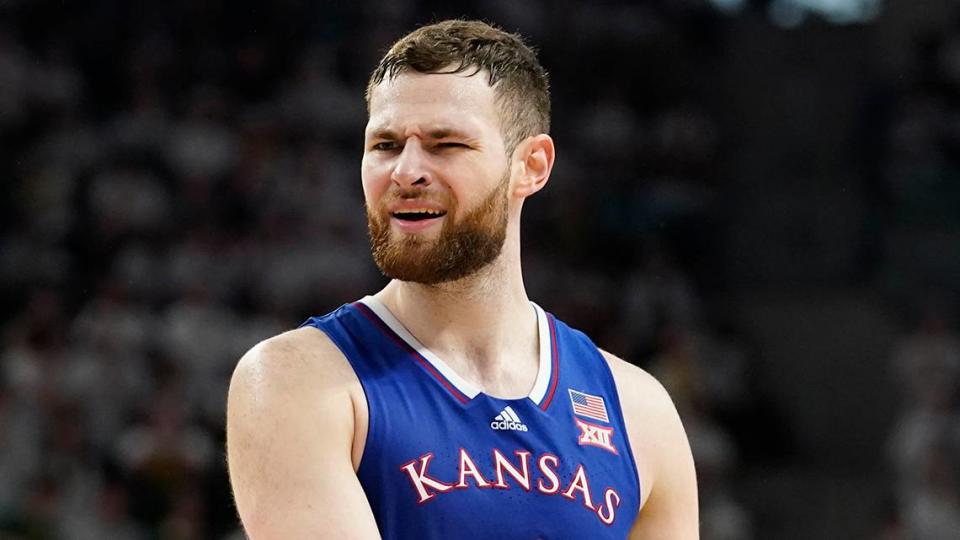College athletes like KU’s Hunter Dickinson should be paid, but set some fair rules | Opinion

The newest arms race in major college athletics is name, image and likeness or NIL compensation. In practice, NIL policy rests on the hyphen of the phrase “student-athlete,” a compromise of professional athletics and the ideals of amateurism. Teams are grappling with new expectations and seeking to gain a competitive edge by establishing collectives and negotiating terms of NIL possibilities.
While the initial intent of the NCAA policy for NIL is for institutions to leave the semantics to third parties for the sake of amateurism, Missouri lawmakers passed legislation to expand the role of coaches in determining the terms of NIL deals. The Villanova men’s basketball team created a new position for a general manager of basketball, and the transfer portal is a mechanism of free agency. In other words, college athletics is now functioning with the same business operations as professional sports.
In this environment, comments from Eliah Drinkwitz, head football coach at the University of Missouri and Hunter Dickinson, a men’s basketball player at the University of Kansas, demonstrate the shift to a professional model of collegiate athletics — but acceptable practices for professional athletes competing in college needs to be established. Drinkwitz said that NIL is letting college players make more money than his pediatrician brother-in-law, and “he saves lives.” While this may be true, professional football players make more — a lot more — and their compensation is justified by the revenue their labor produces in the industry of sports entertainment.
Dickinson stated, “I got, at Michigan, less than six figures” for the year. While this seems out of touch for a student-athlete, in all fairness, the NBA league minimum salary for 2023-2024 is just over $1 million. What should the conference minimum be for a professional men’s basketball player competing in college? Should conferences develop salary caps? If so, should the wealthiest conferences pay a luxury tax or share revenue with mid- and low-major conferences?
With the settlement of House v. NCAA, it is time to accept that NIL was just the first policy change paving the way for a revenue sharing model in college athletics, and it is time to adapt. While the NCAA is trying to change from its long-tenured model for amateurism, this means current practices for grant-in-aid awards are still in place. Student-athletes receive scholarship awards that cover tuition, fees, room, board and education-related expenses. For student-athletes who receive NIL, that compensation is in addition to these awards. Therefore, a consideration could be that before players enter the market of collegiate sports entertainment, they should be allowed an opportunity to declare as a professional or an amateur competitor. For players who declare they are pros, their income should be subject to what they can earn, but they should also forgo the traditional compensation of scholarship awards, and would be required to foot the bill for their college expenses. However, student-athletes who declare as amateurs would continue to be eligible for traditional grant-in-aid awards, but forgo their ability to earn a market wage.
There has been multiple arguments against NIL and the idea of compensating professional collegiate competitors. One of the initial concerns about permitting NIL was that more inequity would be created between men’s and women’s sports, but there are numerous female student-athletes who have landed seven figure NIL deals similar to or exceeding those of their male peers.
In other words, a pro is a pro. It is time to determine wages for professional collegiate competitors.
Jonathan Craig is an academic administrator in higher education. In 2023, he completed his dissertation study on name, image and likeness compensation at Kansas State University. He lives in El Dorado, Kansas.

 Yahoo Sports
Yahoo Sports 
